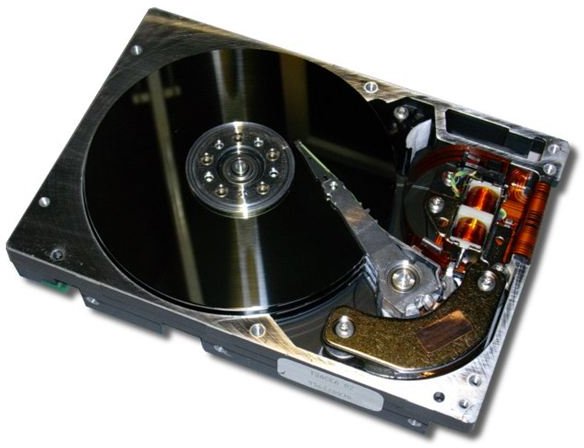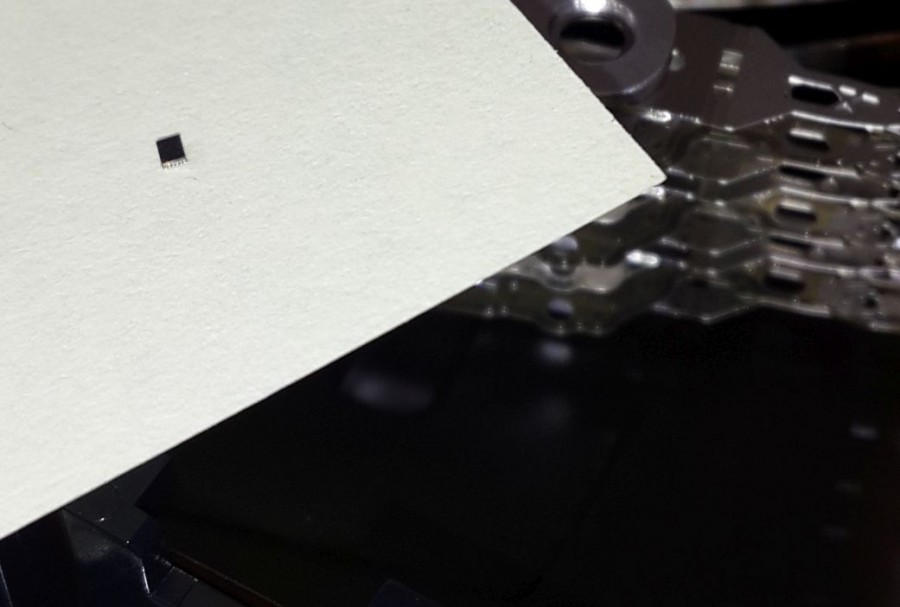

In such cases, it may be possible to recover all data by replacing the controller board. These, in addition to platter damage, will quickly render a drive useless.Ī drive also includes controller electronics, which occasionally fail. After a head crash, particles from the damaged platter and head media can cause one or more bad sectors. If the filter fails to capture a dust particle, the particle can land on the platter, causing a head crash if the head happens to sweep over it. The air filters on today's drives equalize the atmospheric pressure and moisture between the drive enclosure and its outside environment. However, this head hovers mere nanometers from the platter's surface which makes a collision an acknowledged risk.Īnother cause of failure is a faulty air filter. Drive platters are coated with an extremely thin layer of non- electrostatic lubricant, so that the read-and-write head will likely simply glance off the surface of the platter should a collision occur. A head crash usually incurs severe data loss, and data recovery attempts may cause further damage if not done by a specialist with proper equipment. The most notorious cause of drive failure is a head crash, where the internal read-and-write head of the device, usually just hovering above the surface, touches a platter, or scratches the magnetic data-storage surface. On the other hand, a drive can fail at any time in many different situations. Therefore, even if a drive is subjected to several years of heavy daily use, it may not show any notable signs of wear unless closely inspected.

If a drive proves reliable for a period of a few months after installation, the drive has a significantly greater chance of remaining reliable. Drives typically fail within a short time if there is a defect present from manufacturing. Hard disk drive failures tend to follow the concept of the bathtub curve. These are calculated by constantly running samples of the drive for a short period of time, analyzing the resultant wear and tear upon the physical components of the drive, and extrapolating to provide a reasonable estimate of its lifespan. Drive manufacturers typically specify a mean time between failures (MTBF) or an annualized failure rate (AFR) which are population statistics that can't predict the behavior of an individual unit. There are a number of causes for hard drives to fail including: human error, hardware failure, firmware corruption, media damage, heat, water damage, power issues and mishaps. The stored information on a hard drive may also be rendered inaccessible as a result of data corruption, disruption or destruction of the hard drive's master boot record, or by malware deliberately destroying the disk's contents. Particles may also be liberated during this process, making the insides of the drive not clean enough for operation.Ī hard disk drive failure occurs when a hard disk drive malfunctions and the stored information cannot be accessed with a properly configured computer.Ī hard disk failure may occur in the course of normal operation, or due to an external factor such as exposure to fire or water or high magnetic fields, or suffering a sharp impact or environmental contamination, which can lead to a head crash. The platters should normally be smooth in modern drives, and a head crash results in partial to total data loss, as well as irreversible damage to the platters and heads.


 0 kommentar(er)
0 kommentar(er)
